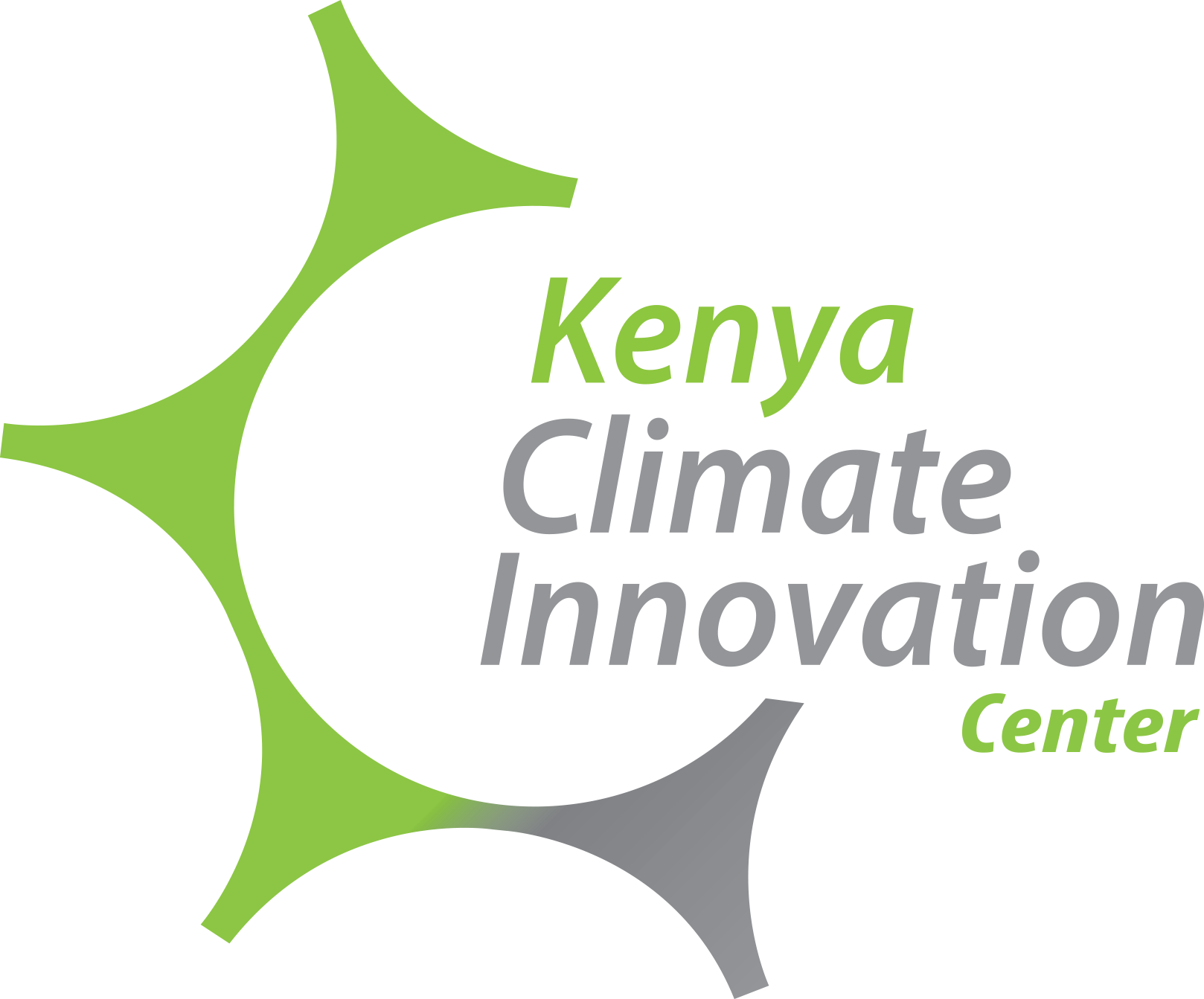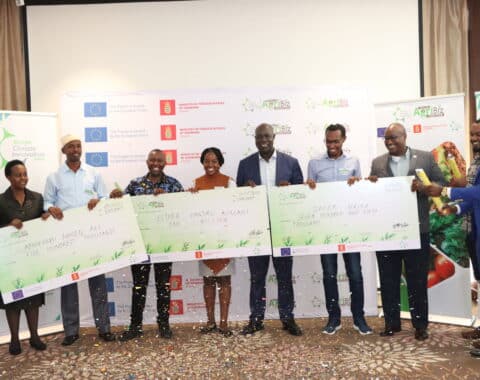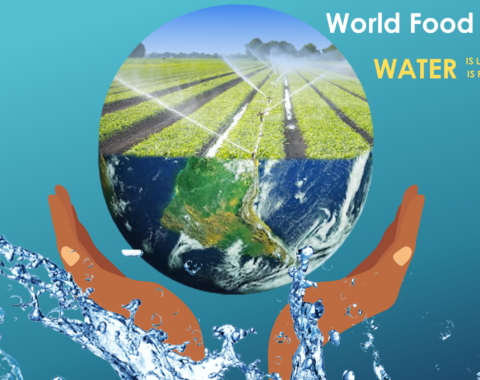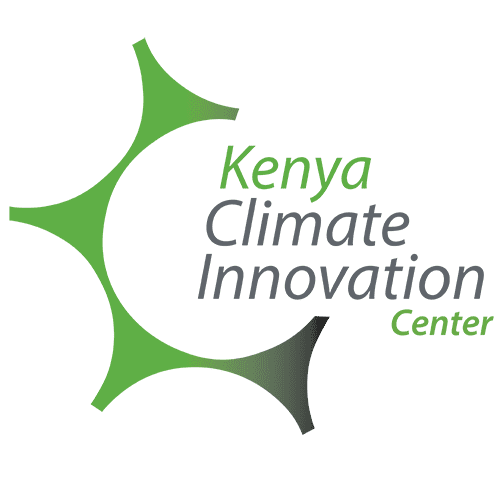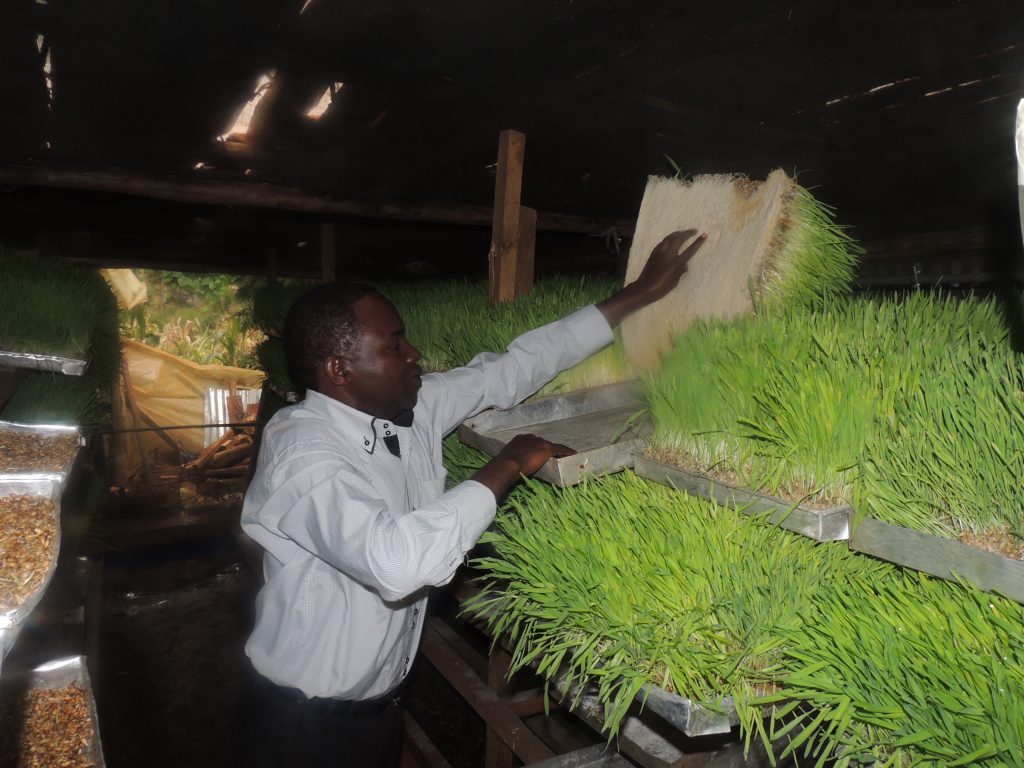
To Drive Growth lets Tap Green Energy
Despite the little contribution to greenhouse gas emission from developing countries and especially in Africa, Kenya and Africa in general continue to be adversely affected by climate change. Drought does not only mean shortage of food in the country but this also has an effect on electricity as the water levels in the dams in Kenya have become significantly low. The effects of climate change are not specific to one sector, they cause a ripple effect to various sectors which means that climate change must be of interest to all the sectors.
Access to electricity in Kenya is significantly low with an estimated 600Million people with no access to electricity. The irony in the low levels of connectivity is Africa having the highest reserves of renewable energy that has not been tapped into. Kenya is amongst the countries that have a heavy investment in renewable energy with a wind energy project in Turkana, 5 hydro dams and hundreds of mini hydro dams.
Kenya has an opportunity to develop and expand its renewable energy sector. There are opportunities to support innovations in renewable energy and to also embrace the adoption of renewable energy. The government needs to incentivize renewable energy to encourage the populace to embrace options of renewable energy.
The current government has a target of ensuring all citizens have access to electricity by 2020. It is important for the government to look into options of access to clean and renewable energy especially in regions that are quite far from the main grid. There is also need to develop policies geared towards an easy transition to renewable energy. Kenya in COP21 pledged to reduce carbon emissions by 30% and the adoption and embracing of renewable energy will be one of the strategies towards achieving this.
KCIC has been in the forefront monitoring the contribution of their clients in the reduction of carbon emissions. KCIC has however noted that for ease of penetration and adoption of renewable energy solutions there will be need for enabling policies that encourage the adoption of renewable energy in Kenya.
Investment in the Green Economy: Green Bonds in Kenya
Green bonds were launched in Kenya through partnership of organizations which included the Financial Sector Deepening (FSD) which is committed to sustainability of development including the mitigation and adaptation to climate change. Government funds are not enough to build resilience to climate change. There is need for alternative funding and thus the introduction of green bonds has been very timely. Climate change alters the cost of development by introducing new costs to the economy and thus it is important to have alternative finances for green growth.
The proceeds from the green bond will be used to finance projects under renewable energy, energy efficiency, green transport and waste water treatment. Green bonds will give an opportunity to expand the green economy and also solidify investments around climate change and effects of climate change.
The green bond creates a flow of finances and investors for low carbon development, through attracting more financing for renewable energy and clean technologies. Besides they play an important role in transitioning investments to cleaner directions compared to traditional investments to fossil fuels.
The green bond market being very young and new in Kenya there will be need for capacity building in regard to green bonds. KCIC will be keen to enlighten our clients on green bonds and opportunities relating to green bonds and generally investment in the green economy.
Hydroponics Could be the answer to Fodder Scarcity
With the continued drought in the country there is need to develop new technology geared towards responding to the new dynamics. One of the technologies that has been adopted is the hydroponics technology that involves germination and growth of seeds which sprouts to become nutritious fodder for livestock. This technology grows fodder without the use of soil and grows fodder in a shorter period than the traditional fodder. In Kenya the main fodder is napier grass which takes 3 months to grow and is very water dependent.
100 farmers in Kajiado and Narok received training on how to provide fodder for their animals without being dependent on the weather patterns through the hydroponics technoology. This was a project by the KCB foundation for their CSR.
One of the clients that KCIC has been supporting has been using the hydroponics technology to grow fodder and vegetables, Hydroponics Africa. The technology is yet to be properly embraced in the country despite it having solutions that could be useful to reduce the dependency on rain fed production of fodder and vegetables. Kenya having embraced the climate smart agriculture strategies; hydroponics technology could be one of the aspects that the government should explore to utilize in improving the food security for animals in the country.
By Sarah Makena

